
Faust is the protagonist of a classic German legend based on the historical Johann Georg Faust.

Albert Bitzius was a Swiss novelist, best known by his pen name of Jeremias Gotthelf.

Beethoven's Last Night is a rock opera by the Trans-Siberian Orchestra, released in 2000. The album tells the fictional story of Ludwig van Beethoven on the last night of his life, as the devil, Mephistopheles, comes to collect his soul. With the help of Fate and her son Twist, Beethoven unwittingly tricks the devil and is allowed to keep his soul which he had thought lost, but that the devil had no claim on. The opera features many classical crossover rock songs which are clearly based on melodies from classical music, particularly Beethoven's works. It is the first Trans-Siberian Orchestra album that does not feature Christmas themes. The original cover art was created by Edgar Jerins, and re-issued cover art was created by Greg Hildebrandt.

Franz Carl Heimito, Ritter von Doderer, known as Heimito von Doderer, was an Austrian writer.

Phantom is a 1990 novel by Susan Kay, based on the 1910 Gaston Leroux novel The Phantom of the Opera. It is a biography of the title character Erik.

The Great God Pan is a horror and fantasy novella by Welsh writer Arthur Machen. Machen was inspired to write The Great God Pan by his experiences at the ruins of a pagan temple in Wales. What would become the first chapter of the novella was published in the magazine The Whirlwind in 1890. Machen later extended The Great God Pan and it was published as a book alongside another story, "The Inmost Light", in 1894. The novella begins with an experiment to allow a woman named Mary to see the supernatural world. This is followed by an account of a series of mysterious happenings and deaths over many years surrounding a woman named Helen Vaughan. At the end, the heroes confront Helen and force her to kill herself. She undergoes a series of unearthly transformations before dying and she is revealed to be a supernatural entity.

Die Judenbuche, translated as The Jew's Beech or The Jew's Beech-Tree, is a German novella written by Annette von Droste-Hülshoff and first published in 1842. The story about the unsolved murder of a Jewish citizen in a village in the Westphalian mountains was based on true events.
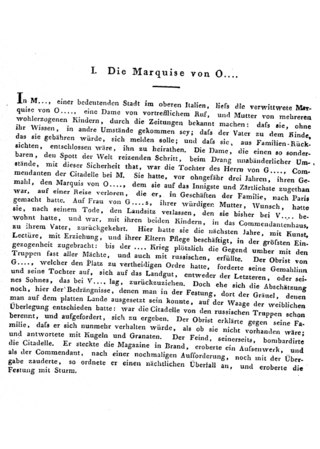
The Marquise of O is a novella by Heinrich von Kleist on the subject of forced seduction. It was first published in 1808.

Mark of the Devil is a 1970 West German historical horror film directed by Michael Armstrong, and starring Olivera Vučo, Udo Kier, Reggie Nalder, Herbert Fux, and Herbert Lom. Its plot follows a witch hunter in 17th-century Austria who begins to questioning his pursuits after witnessing a rogue witch hunter dubiously accuse the townspeople of a small village, and employ increasingly sadistic methods of torture against them.

The Survival of St. Joan is a rock opera by Smoke Rise from an original concept and libretto by Off-Broadway playwright and screenwriter James Lineberger.

"St. John's Eve", also known as "The Eve of Ivan Kupala", is the second short story in the collection Evenings on a Farm Near Dikanka by Nikolai Gogol. It was first published in 1830 in the literary Russian periodical Otechestvennye Zapiski and in book form in 1831.
Yellow Asphalt is a 2000 Israeli film depicting Jahalin Bedouins and their way of life, specifically their conflict with Israeli Jews. The film is a pastiche of three short stories depicted sequentially:
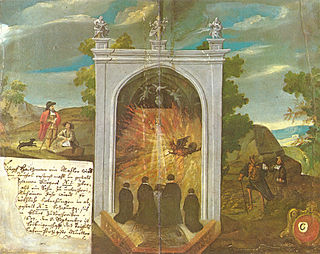
The idea of making a deal with the devil has appeared many times in works of popular culture. These pacts with the Devil can be found in many genres, including: books, music, comics, theater, movies, TV shows and games. When it comes to making a contract with the Devil, they all share the same prevailing desire, a mortal wants some worldly good for their own selfish gain, but in exchange, they must give up their soul for eternity.

Jenny Erpenbeck is a German writer and opera director, recipient of the Independent Foreign Fiction Prize.
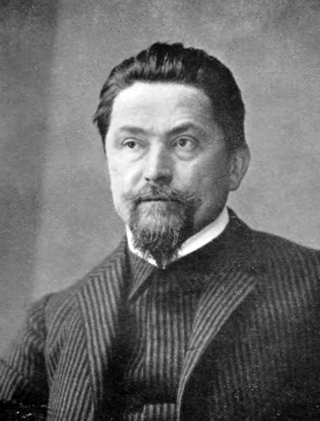
Hermann Stehr was a German novelist, dramatist and poet. He was nominated for the Nobel Prize in Literature four times.
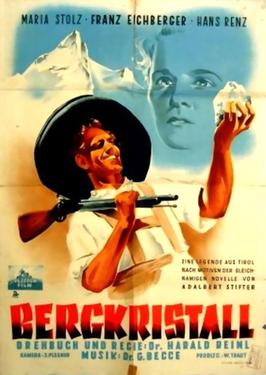
Mountain Crystal is a 1949 Austrian-German historical drama film directed by Harald Reinl and featuring a cast of unknown actors including Franz Eichberger, Hans Renz and Cilli Greif. It is a mountain film based on the 1845 classic novella Rock Crystal by Adalbert Stifter. The film's sets were designed by the Austrian art director Fritz Jüptner-Jonstorff. It was the directorial debut of Reinl who went on to become a successful film director.
The Black Spider is an opera in three acts by Judith Weir with a libretto by the composer. The work is loosely based on the 1842 novella Die schwarze Spinne by Jeremias Gotthelf.

Susan Bernofsky is an American translator of German-language literature and author. She is best known for bringing the Swiss writer Robert Walser to the attention of the English-speaking world, translating many of his books and writing his biography. She has also translated several books by Jenny Erpenbeck and Yoko Tawada. Her prizes for translation include the 2006 Helen and Kurt Wolff Translation Prize, the 2012 Calw Hermann Hesse Prize, the 2015 Oxford-Weidenfeld Translation Prize, the 2015 Independent Foreign Fiction Prize, and the 2015 Schlegel-Tieck Prize. She was also selected for a Guggenheim Fellowship in 2014. In 2017 she won the Warwick Prize for Women in Translation for her translation of Memoirs of a Polar Bear by Yoko Tawada. In 2018 she was awarded the MLA's Lois Roth Award for her translation of Go, Went, Gone by Jenny Erpenbeck. In 2024, Bernofsky was reported to be working on a translation of Thomas Mann's The Magic Mountain.
The Black Spider is an 1842 novella by Jeremias Gotthelf.
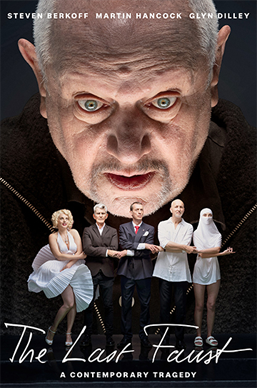
The Last Faust is a 2019 feature art film written and directed by the German artist Philipp Humm. Set in 2059, it is a contemporary interpretation of Johann Wolfgang von Goethe's 1808 Faust and the first film directly based on both parts of the tragedy. It stars English actors Steven Berkoff and, Martin Hancock (Faust). Its music is based on Richard Wagner with tracks from Swiss electronic music duo Yello.

















